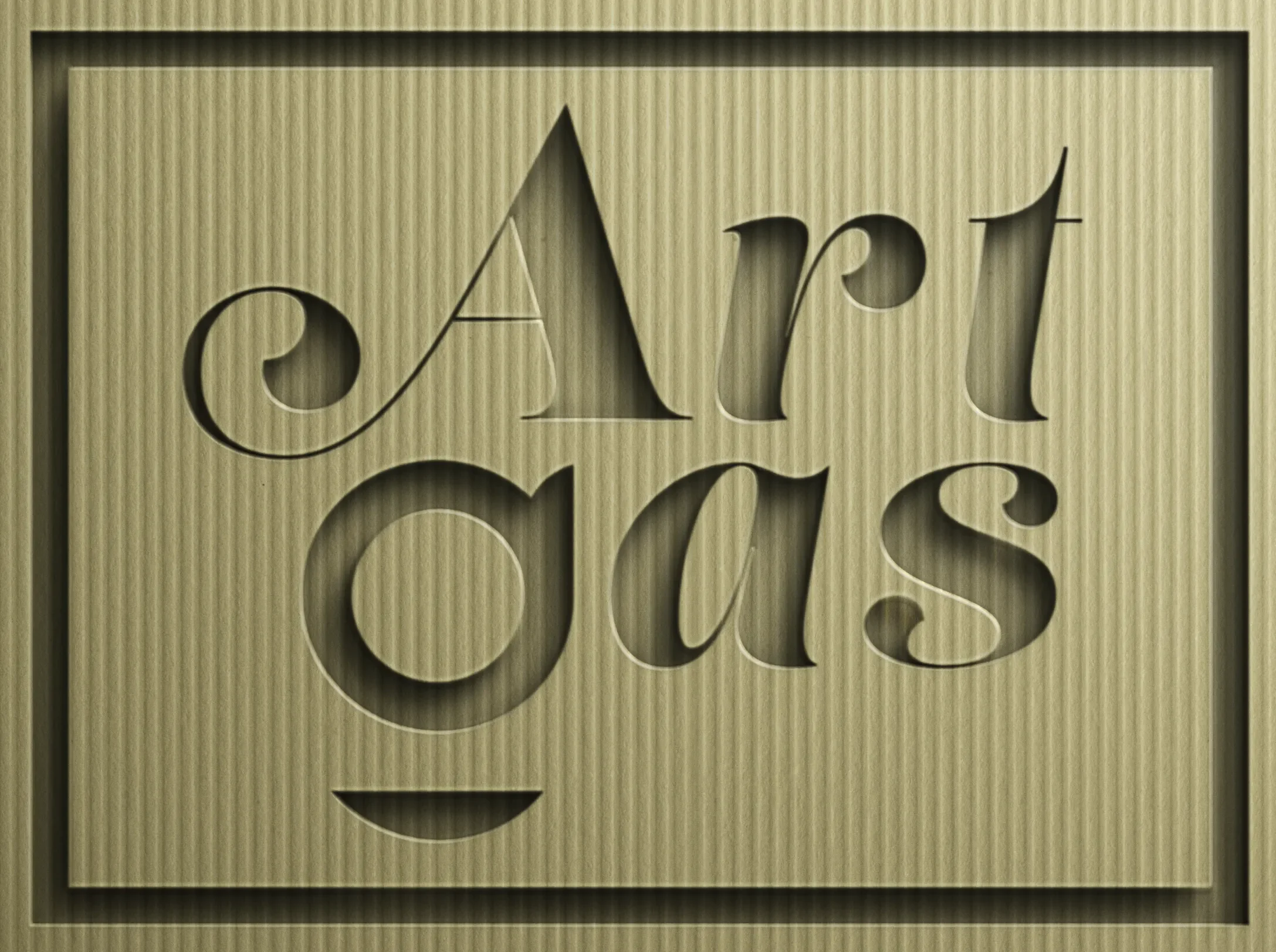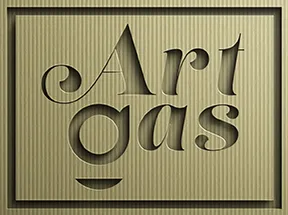Exploring the Depths of Bas-Relief: Tradition Meets Modernity in Wall Art
Bas-relief wall art, a technique as ancient as civilization itself, offers a unique blend of shadow and light, creating art that projects depth and texture This ARTicle delves into the fascinating world of bas-relief wall art, tracing its origins, exploring its enduring popularity, and showcasing the evolution from traditional to contemporary digital forms.
Introduction to Bas-Relief Wall Art
Bas-relief, or low relief, is a sculptural technique where figures or scenes are slightly projected from the background, creating a stunning three-dimensional effect with less depth compared to high relief. This art form has graced the walls of ancient temples, monuments, and buildings, telling stories of historical, religious, and cultural significance.
The Historical Journey of Bas-Relief
Bas-relief has roots in ancient civilizations, including Egypt, Mesopotamia, Greece, and Rome, where it was used to depict narratives and honor deities and rulers. In the Renaissance, it experienced a revival, with artists like Donatello pioneering techniques that brought new life and realism to their compositions. Through centuries, bas-relief has been a medium for both ornamental and narrative purposes, reflecting the artistic and cultural trends of the times.
Why Bas-Relief Captivates
Bas-relief wall art is celebrated for its versatility, ability to convey detail, and the interplay of light and shadow that adds depth to flat surfaces. It appeals to collectors, interior designers, and art enthusiasts who appreciate its blend of sculptural form and pictorial depth, making it a sophisticated addition to any space.
Traditional Variations of Bas-Relief Art
- Stone Reliefs: Carved from marble, limestone, or sandstone, these are the classic forms often seen in historical monuments.
- Wooden Reliefs: Utilizing the natural grain of wood to enhance the artwork, these pieces offer a warm, organic appeal.
- Metal Reliefs: Made from bronze, copper, or iron, these works are durable and offer a distinct metallic sheen.
- Plaster Reliefs: Often used for interior decorations, they allow for fine details and subtle textures.
- Terracotta Reliefs: These earthenware pieces carry a rustic charm, with a history stretching back to ancient times.
Modern Digital and AI Variations of Bas-Relief
- 3D Printed Reliefs: Combining digital design with physical production, these works bring futuristic visions to the traditional form.
- Virtual Reliefs: Experienced through AR and VR, these pieces offer an interactive dimension to bas-relief art.
- Laser-Cut Reliefs: Precision cutting technology allows for intricate designs on various materials.
- Digital Sculpting Reliefs: Artists use software to create detailed reliefs, which can be rendered virtually or physically.
- Light Projection Reliefs: Using light and shadow to create temporary or changing reliefs, blending performance art with traditional techniques.
Top 10 FAQs about Bas-Relief Wall Art
- What materials are traditionally used in bas-relief? Stone, wood, metal, plaster, and terracotta are common materials.
- How does bas-relief differ from high relief? Bas-relief has less depth and the figures are more subtly raised from the background.
- Can bas-relief be used in outdoor settings? Yes, especially when made of durable materials like stone or metal.
- What themes are common in bas-relief art? Historical events, mythological scenes, natural landscapes, and abstract designs.
- How do you maintain bas-relief artwork? Regular dusting and avoiding direct sunlight or moisture can preserve the artwork.
- Are there famous historical examples of bas-relief? The Parthenon friezes and the Egyptian temple of Luxor feature notable bas-reliefs.
- How has technology impacted bas-relief art? Digital design and manufacturing have introduced new methods for creating bas-relief.
- Can bas-relief be personalized? Yes, many artists and companies offer custom bas-relief services.
- What is the price range for bas-relief wall art? Prices vary widely, from affordable reproductions to expensive original works.
- How does light affect the display of bas-relief art? Directional lighting can enhance the three-dimensional effect by casting shadows.
Noteworthy Artists and Resources
- Historical: Donatello, known for his innovative use of perspective in relief.
- Contemporary: Rachel Whiteread, who explores modern materials and negative space in her reliefs.
For more examples and resources, visit museum websites like the British Museum or the Metropolitan Museum of Art.
Conclusion: The Allure of Bas-Relief at Art Gas
The collection of bas-relief wall art at Art Gas offers a curated selection that bridges timeless tradition and modern innovation. With a variety of styles, from the classical elegance of stone reliefs to the cutting-edge design of digital and AI-enhanced pieces, Art Gas provides an enticing glimpse into the depth and diversity of bas-relief art.
Why Art Gas? Offering expertly crafted pieces that celebrate the historic depth and contemporary innovation of bas-relief, Art Gas’s collection is a testament to the art form’s enduring appeal and adaptability.
Explore our collection at Art Gas.
SEO Keywords
- Bas-relief wall art
- Traditional bas-relief
- Modern bas-relief
- 3D printed relief art
- Custom bas-relief
- Historical relief sculptures
- Digital relief art
- Bas-relief in interior design
- Collectible bas-relief
- Bas-relief artists


